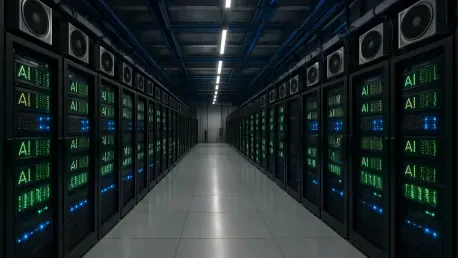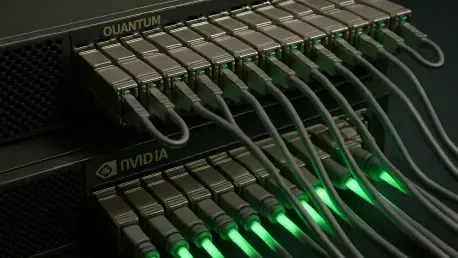
Imagine a world where the boundaries between major cloud platforms dissolve, allowing businesses to tap into the best tools and services without wrestling with technical roadblocks. That vision is becoming reality with a landmark collaboration between two giants of the cloud computing realm, Google

Procurement teams keep buying eye-popping accelerators and bigger nodes only to see throughput flatten, jobs stall on shuffles, and energy bills climb while GPUs sit idle because data movement and memory fit—not peak compute—call the shots. The paradox is familiar: systems look fast on paper yet

Setting the Stage for AI-Driven Transformation The data center industry stands at a critical juncture in 2025, with artificial intelligence (AI) workloads surging to unprecedented levels, commanding over 75% of new projects. This seismic shift is not merely a trend but a fundamental redefinition of

In an alarming revelation that underscores the growing sophistication of cyber threats, a China-aligned threat group known as PlushDaemon has been unmasked as a formidable player in global cyberespionage, showcasing advanced tactics to infiltrate networks. Renowned security researchers have

In an era where cyber espionage continues to evolve with alarming sophistication, a China-aligned threat actor known as PlushDaemon has emerged as a significant player in targeting network devices for stealthy, adversary-in-the-middle attacks. Active since at least 2018, this group has focused its

In an era where computational demands are skyrocketing, the quest for groundbreaking solutions has led to a pivotal moment in technology: the integration of quantum and classical systems to solve problems once deemed intractable. At the heart of this revolution stands Nvidia, a titan in